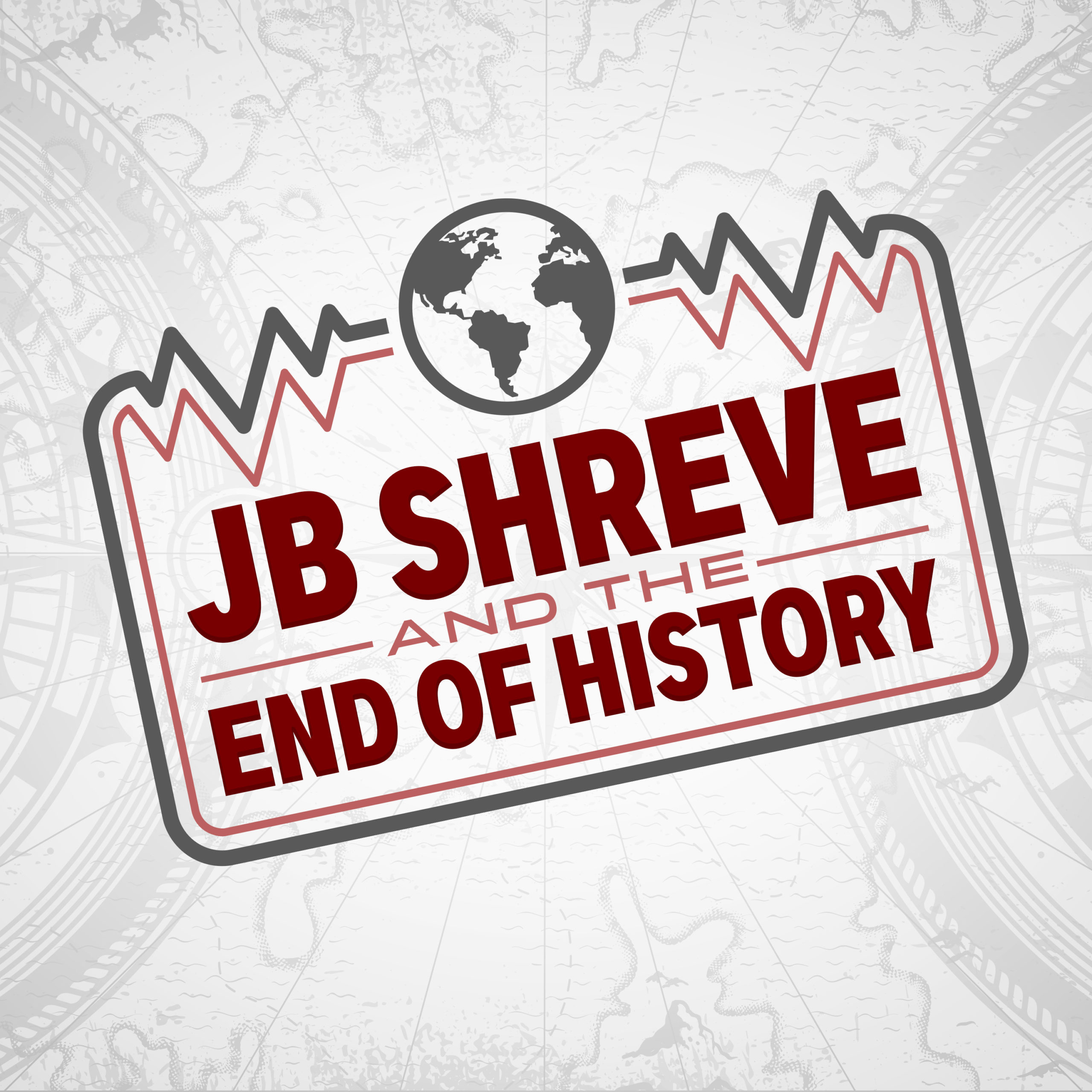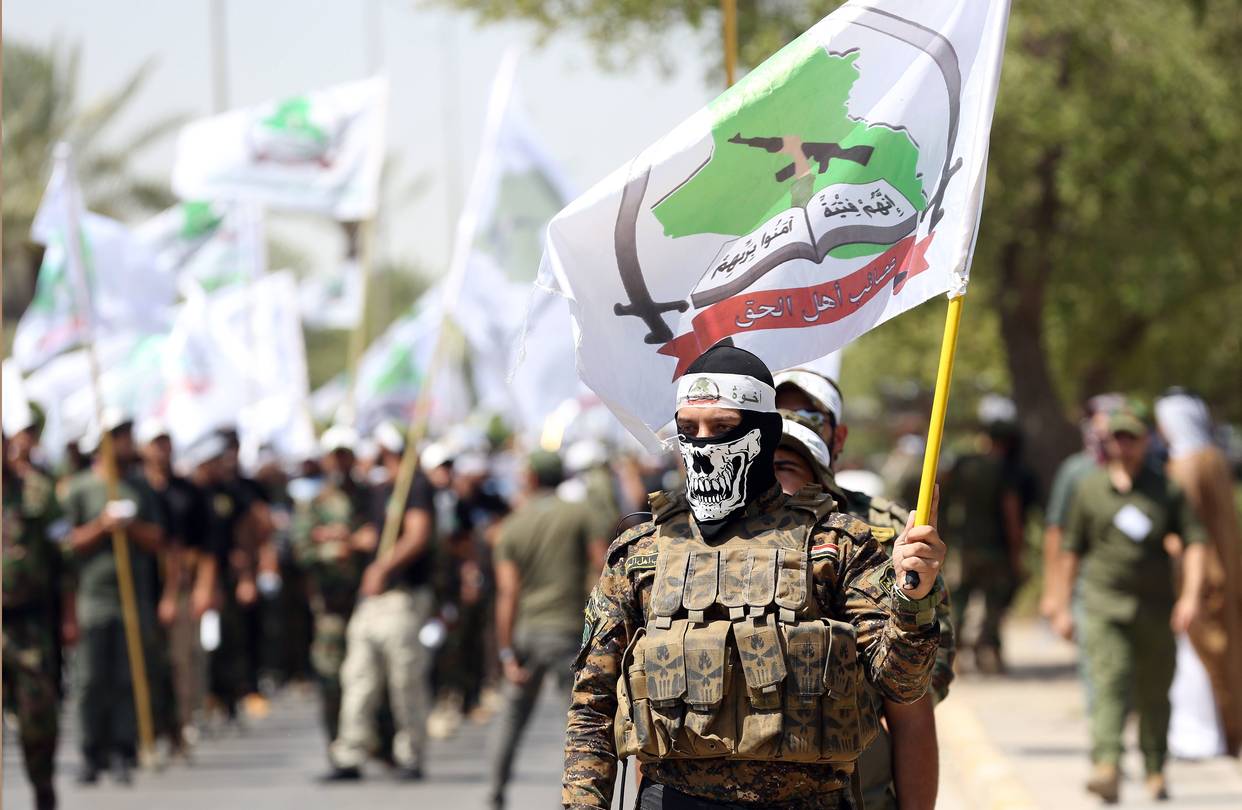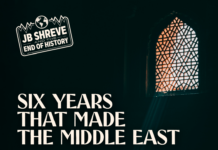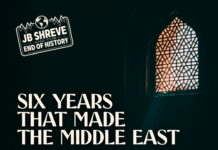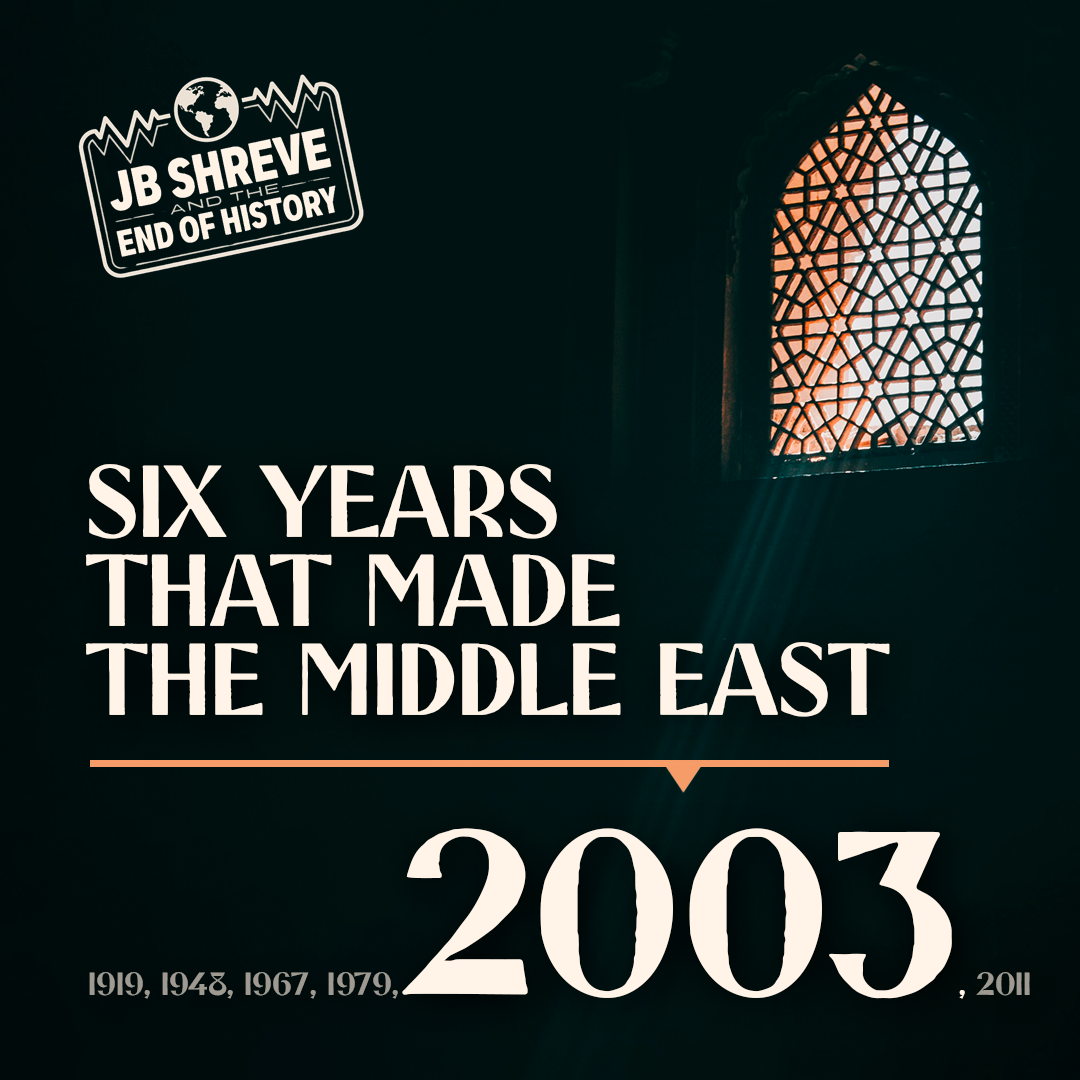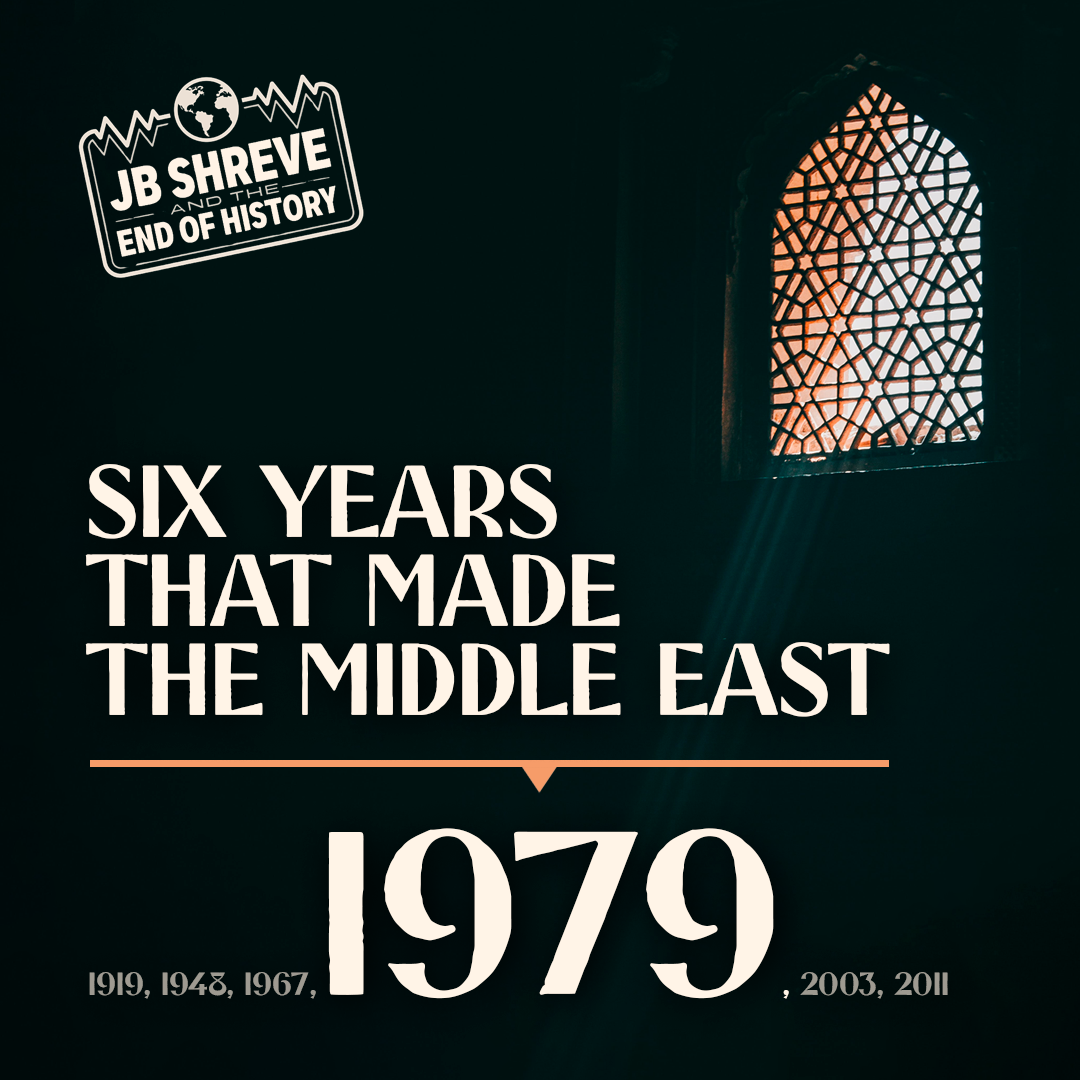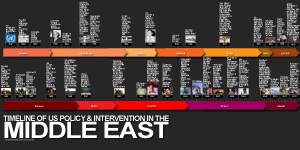The Shia Crescent is a term we can expect to hear more frequently in the coming months as tensions in the Middle East, specifically between Saudi Arabia and Iran escalate. It is an expression used to visualize the growing geopolitical and military influence of Iran within the region. It also signifies a growing divide and conflict between Sunni and Shia Muslims that is coming to dominate the Middle East by way of a growing set of proxy wars and conflicts.
 In October Iran’s President Rouhani proudly asked, “Is it possible to make any important decisions on Iraq, Syria, Lebanon, North Africa and the Persian Gulf region without Iran or Iran’s opinion?” The answer to that question is an emphatic no. From Iran, through Iraq, through Syria, and, thanks to Hezbollah into Lebanon, the Islamic Republic has deliberately and successfully stretched its reach across the northern sector of the Middle East region.
In October Iran’s President Rouhani proudly asked, “Is it possible to make any important decisions on Iraq, Syria, Lebanon, North Africa and the Persian Gulf region without Iran or Iran’s opinion?” The answer to that question is an emphatic no. From Iran, through Iraq, through Syria, and, thanks to Hezbollah into Lebanon, the Islamic Republic has deliberately and successfully stretched its reach across the northern sector of the Middle East region.
The missteps of US foreign policy in the Middle East beginning with the 2003 invasion of Iraq and continuing with the withdrawal of major forces there at the end of 2011 was a boon to Iranian ambitions. Saddam Hussein and his Sunni forces may have been significantly weakened in the 1990s but they remained as a major obstacle to Iranian ambitions and influence in the region. The Iran-Iraq War of the 1980s was the deadliest industrialized war in the second half of the 20th century and Iran was not eager to risk reigniting those tensions. Today, with the exception of oil, Iraq depends upon Iran for everything.
The United States unwittingly removed Iran’s first obstacle to regional hegemony by toppling Saddam Hussein’s fading regime. This error was compounded when the US left a weakened Iraqi Shiite government in place against a radicalized former Sunni military. Many of these radicalized Sunnis became the foundations for ISIS while the new Iraqi government all too quickly turned to the Iranians for support in the United States’ absence.
As the Arab Spring and ISIS atrocities converged upon Syria the way was opened for Iran to move in and stabilize the Assad regime. The Assad family’s stability in Syria for almost half a century has been largely owed to Iranian influence.

Further to the west Hezbollah has grown from a Lebanese militant insurgent force in the 1980s to a strong and legitimized political force in the Lebanese parliament. Hezbollah dominates almost half of Lebanon’s elected parliament today. This organization is also recognized universally as a blatant proxy power of Iran. At the height of the Syrian civil war when Assad’s governing and military officers were defecting in droves it was Iran and Hezbollah who came to his rescue resulting in the surprise re-stabilization effort for Assad. Today the Syrian civil war is all but over. Assad is still in power and Iran has solidified its influence from Tehran to Beirut.
These geopolitical realities are the foundation for both current and future tensions taking shape in the Middle East. Saudi Arabia’s excessive use of force in Yemen since 2015 has been as much to counter the rise of Shiite influence on its southern borders as it has been to bolster their own Sunni political allies there. The Saudi’s clearly recognize the Iranian and Shiite threat now sitting to its north and preventing a spread of this threat surrounding them in the south is a national security priority. Similarly this was the motive behind Saudi Arabia’s military and financial support to The Kingdom of Bahrain in recent years.

As Iran has dominated the northern parts of the Middle East through the Shia Crescent, Saudi Arabia’s rulers are determined to prevent the same from taking shape in the south. America’s own interests in the region have historically been pro-Sunni and anti-Shiite, or pro-Saudi and anti-Iran. This policy appears set to continue as President Trump met with Bahrain’s Crown Prince November 30. In this meeting the President lauded the long and historical relations of the US with Bahrain, casually omitting the 2011-2015 arms ban the US had with the nation after its reported human rights abuses. Priorities of US foreign policy in the Middle East are shifting to be decisively and assertively pro Sunni and pro Saudi. This is a direct response to the Shia Crescent and a telltale sign of where American interests, aid and military engagement will be pointed to in the coming months.
